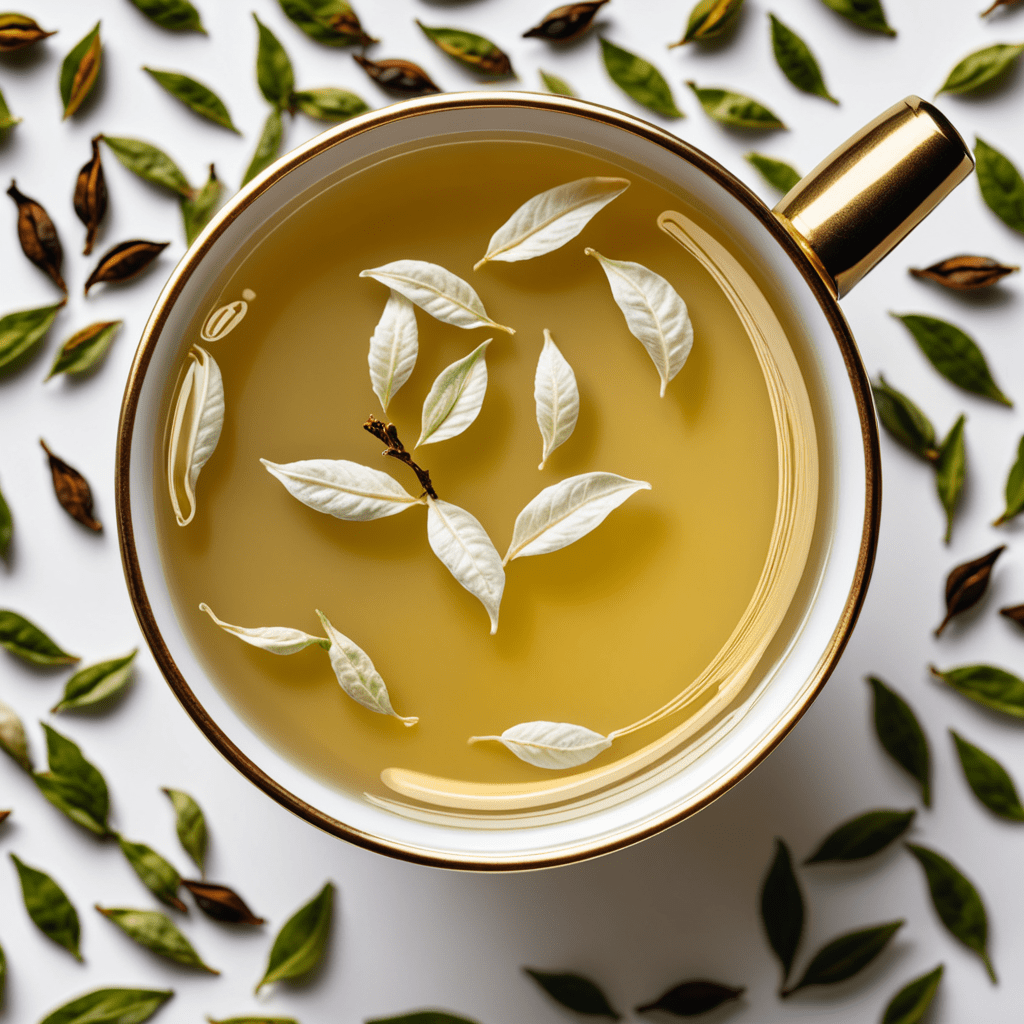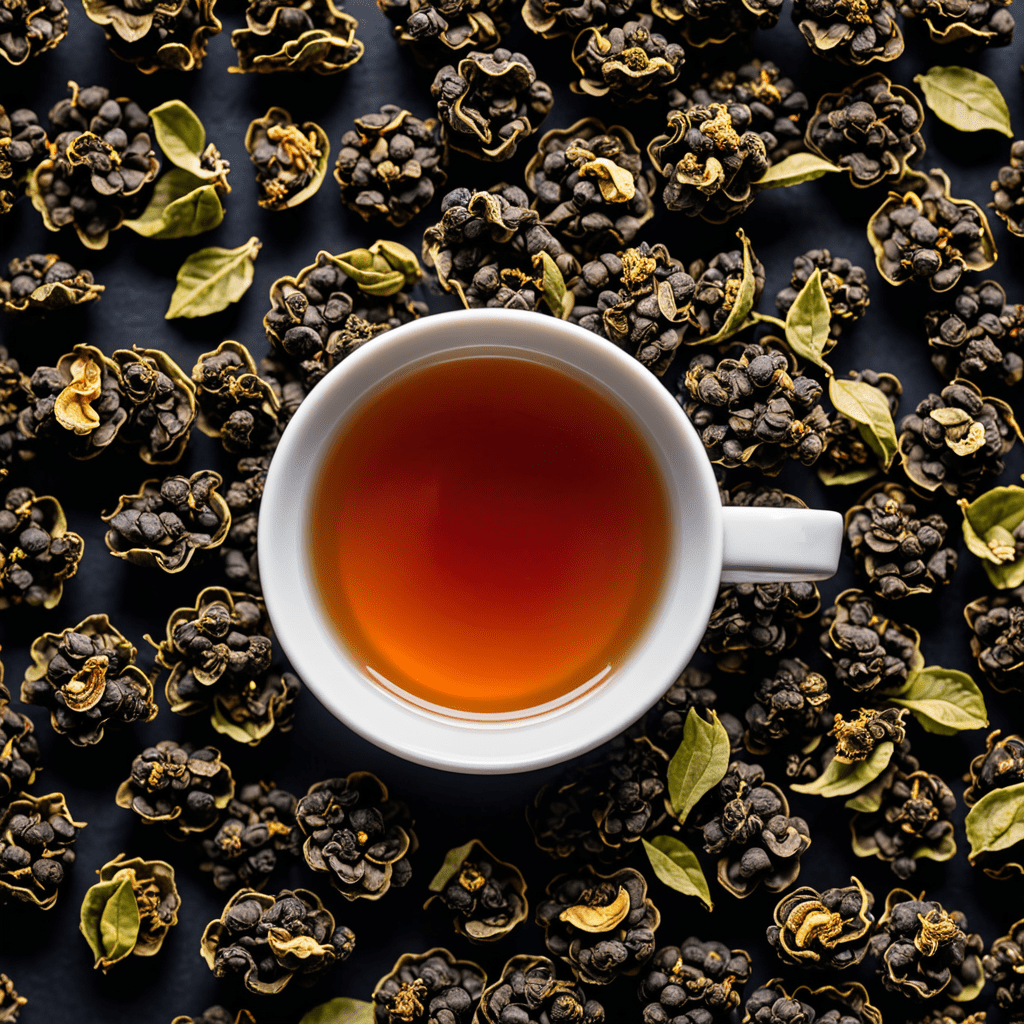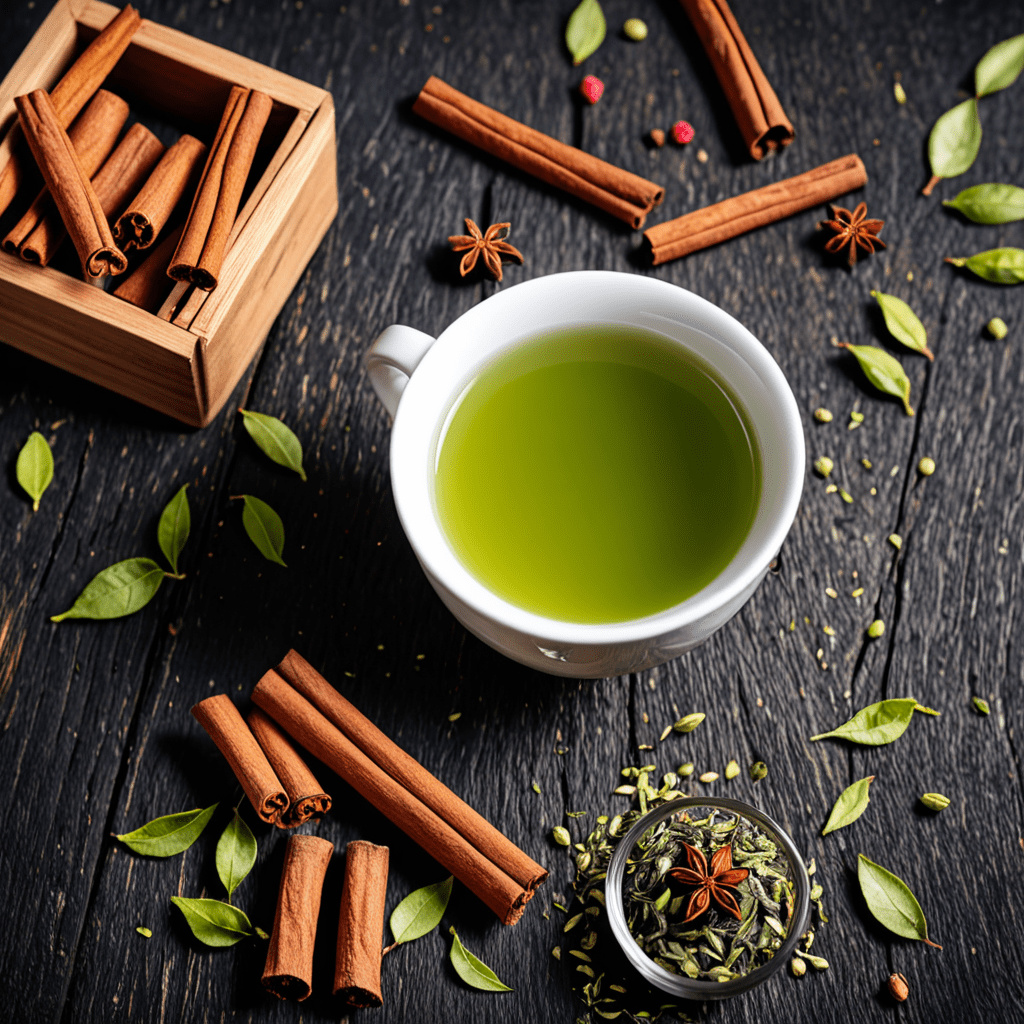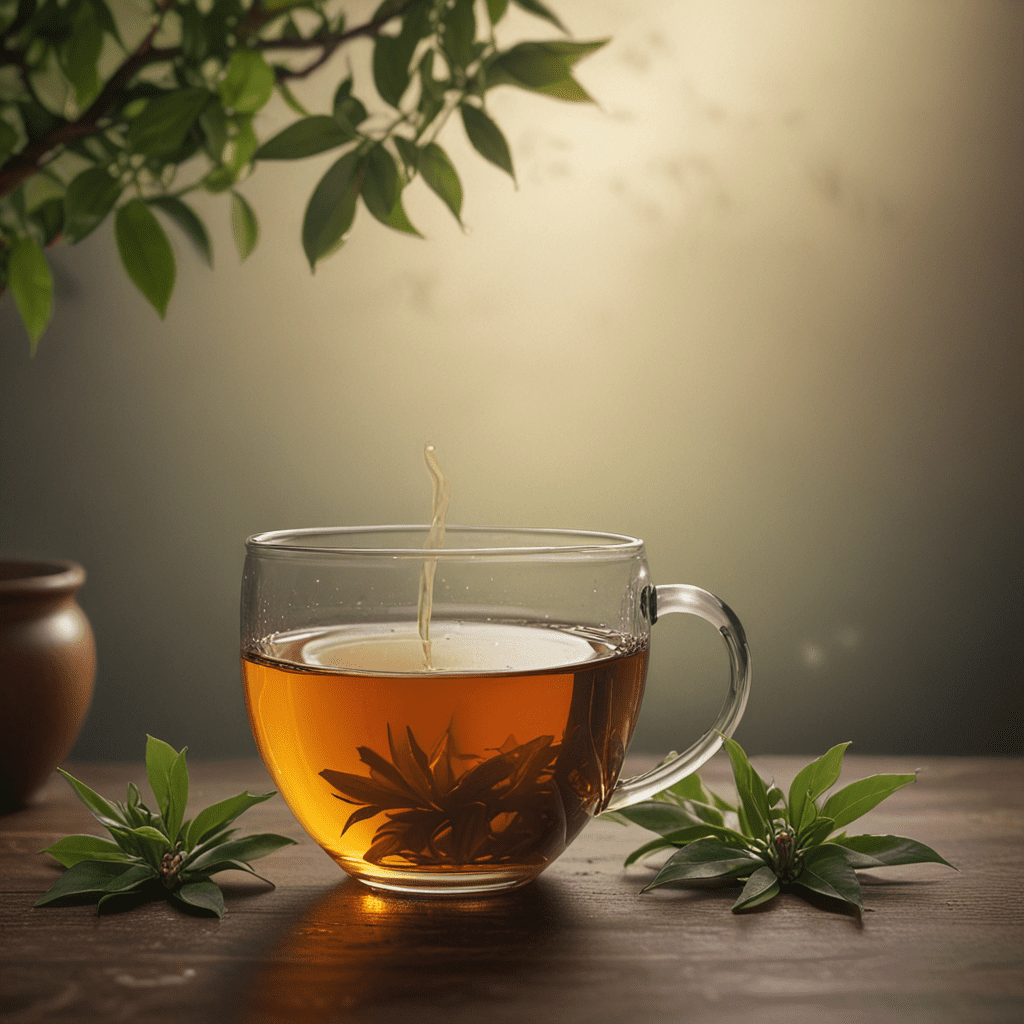
White Tea: A Symphony of Tea Aromas
White tea, known for its delicate flavor and subtle aroma, is a true symphony of tea aromas. This type of tea is harvested from the youngest leaves and unopened buds of the tea plant, making it the least processed of all the tea categories. Let’s explore the fascinating world of white tea and its enchanting array of aromas.
The Elegance of White Tea
White tea is revered for its light and delicate nature, capturing the essence of purity and tranquility. Its gentle processing method allows the natural aromas of the tea leaves to shine through, creating a symphony of subtle and nuanced fragrances.
Aromas Unveiled
White tea boasts a diverse range of aromas, from floral and fruity to earthy and sweet. The delicate notes of jasmine, rose, and honeysuckle often intertwine with the subtle hints of fresh melon, peach, and apricot. Additionally, white tea may offer a delicate earthiness and a sweet undertone, evoking imagery of a serene garden or a peaceful orchard.
The Role of Terroir
Like fine wines, the aroma of white tea is influenced by its terroir—the unique environmental factors of the region where the tea is grown. Factors such as altitude, soil composition, and climate all play a crucial role in shaping the aromatic profile of white tea, adding depth and complexity to its symphony of aromas.
Tea Processing and Aromas
The minimal processing of white tea allows the leaves to retain their natural aromas. Unlike green tea, which undergoes oxidation and firing, white tea is simply withered and dried, preserving its delicate aromas and flavors. This gentle handling results in a tea that is truly a sensory delight.
Savoring the Aromas
When preparing white tea, take a moment to appreciate its enticing aromas. The subtle fragrance that emanates from the steeping leaves and the brewed liquor is an integral part of the white tea experience. Whether enjoyed in a tranquil setting or as part of a mindful tea ceremony, savoring the aromas adds an extra layer of enjoyment to the tea-drinking ritual.
Pairing Aromas with Moments
Each aroma within white tea can harmonize with different moods and moments. The floral notes may be perfect for a relaxing afternoon, while the fruity aromas may complement a cheerful gathering. Experimenting with these aromas can enhance the enjoyment of white tea, making it a versatile and delightful beverage for various occasions.
The Art of Appreciating White Tea Aromas
Ultimately, white tea offers a symphony of aromas that invites us to slow down and appreciate the beauty of nature. Its delicate and nuanced fragrances create a sensory experience that is as soothing as it is enchanting. Whether enjoyed alone or shared with others, white tea’s aromas weave a captivating tale of tranquility and elegance.
White Tea: A Symphony of Tea Aromas
What is white tea?
White tea is a delicate and minimally processed tea made from the leaves of the Camellia sinensis plant. It is known for its subtle, sweet flavor and light color. The tea undergoes minimal oxidation, resulting in a mild and aromatic brew.
What sets white tea apart from other types of tea?
White tea stands out due to its harvesting process, which involves plucking the youngest tea leaves and buds. These are then gently withered and dried, preserving their natural aroma and flavor profile.
What are the different aromas associated with white tea?
White tea presents a symphony of enchanting aromas, including notes of floral blossoms, fresh hay, and a subtle sweetness reminiscent of honey. These delicate fragrances make white tea a delightful sensory experience.
How should one brew white tea to fully experience its aromas?
To fully appreciate the aromas of white tea, it is best to steep it at a lower temperature, typically around 160-185°F, for 4-5 minutes. This gentle brewing method allows the nuanced aromas to unfold gracefully.
What are the health benefits of white tea?
White tea is rich in antioxidants and may offer various health benefits, including improved heart health, enhanced skin health, and potential


